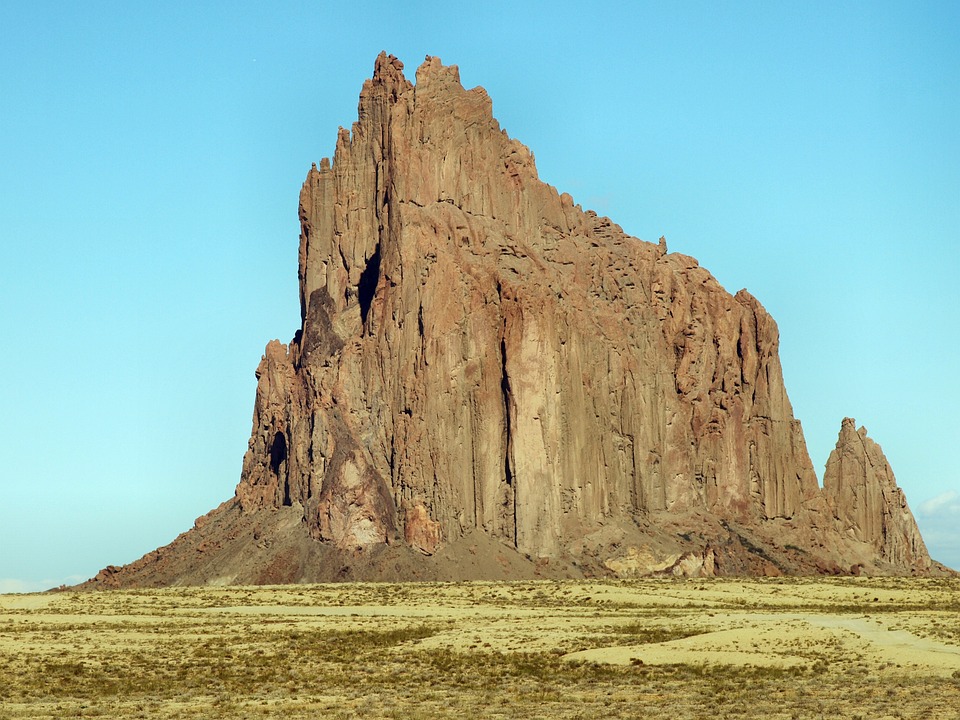
From Desert Landscapes to Historic Sites: Exploring New Mexico
New Mexico, the fifth-largest state in the United States, is a land of contrasts. From the arid deserts of the south to the snow-capped peaks of the north, the state has a diverse landscape that has long been a draw for visitors from around the world. Additionally, New Mexico is home to a rich cultural heritage, with a history that spans thousands of years. In this article, we will explore some of the must-see destinations in this fascinating state.
Starting in the south, we find ourselves in the Chihuahuan Desert, a vast expanse of arid land that covers much of the southwest. One of the most popular destinations in this region is White Sands National Park, which is home to the largest gypsum dune field in the world. The park is located near the town of Alamogordo and covers over 275 square miles. Visitors can hike, sled, and even camp on the dazzling white sand dunes, which are a sight to behold.
Moving northward, we come to the city of Las Cruces, which is situated in the Mesilla Valley between the Organ Mountains and the Rio Grande. This vibrant city is home to a number of interesting attractions, including the New Mexico Farm and Ranch Heritage Museum, which showcases the state’s agricultural history. Visitors can learn about the evolution of farming in New Mexico, see live animals, and even take a wagon ride around the museum’s grounds.
Another must-see destination in the Las Cruces area is the Organ Mountains-Desert Peaks National Monument, a stunning natural area that covers over 500,000 acres. The monument is home to a diverse array of wildlife and plants, as well as a number of historic sites, including the Geronimo Trail Scenic Byway, which follows the route taken by the Apache leader during his final escape from the U.S. Army.
Moving further north, we come to the city of Albuquerque, which is the largest city in New Mexico. This vibrant metropolis is home to a wealth of cultural attractions, including the Albuquerque Museum of Art and History, which showcases the region’s rich history and culture. Visitors can explore exhibits on everything from the city’s founding by the Spanish to the Atomic Age, and even see a replica of the first atomic bomb.
Another must-see destination in Albuquerque is the Sandia Peak Tramway, which takes visitors on a breathtaking journey up the Sandia Mountains, which rise over 10,000 feet above the city. The tramway offers stunning views of the surrounding landscape, and visitors can even hike or ski in the mountains depending on the season.
Finally, we come to the northern part of the state, which is home to some of the most iconic destinations in New Mexico. One of the most famous of these is the town of Taos, which is situated in the Sangre de Cristo Mountains. Taos is known for its rich artistic heritage, and visitors can explore the many galleries and museums in town, including the Taos Art Museum at Fechin House, which showcases the work of the Russian painter Nicolai Fechin.
Another must-see destination in the Taos area is the Taos Pueblo, which is one of the oldest continually inhabited communities in North America. The pueblo has been home to the Taos people for over 1,000 years, and visitors can learn about their history and culture by exploring the adobe structures and attending cultural events.
In conclusion, New Mexico is a state that offers something for everyone, from the stark beauty of the southern deserts to the snow-capped peaks of the north. Whether you are interested in history, culture, or outdoor adventure, there is no shortage of must-see destinations in this fascinating state. So why not plan a trip to New Mexico today and explore all that this unique region has to offer?


